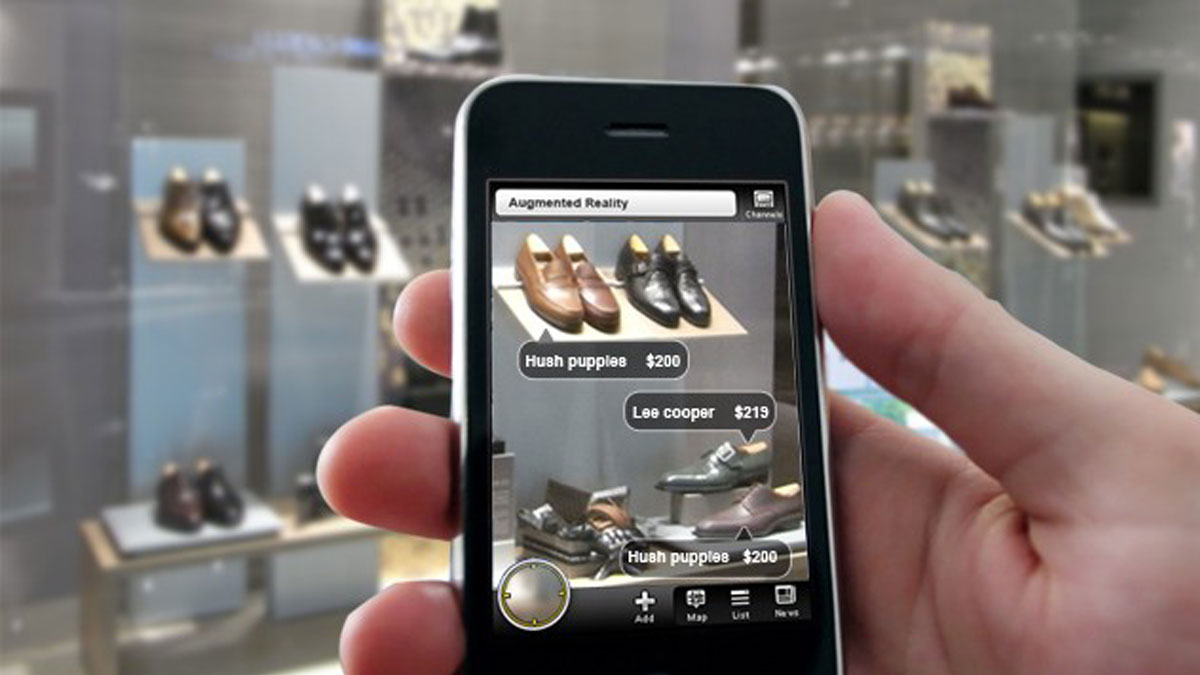What is Augmented Reality?
In the simplest of definitions, AR is an amalgamation of the real and virtual worlds, and digital information. It holds great promise for future innovations, and developments in all sectors.
What is WebAR?
WebAR, also sometimes called the browser-AR, is Augmented Reality that can be experienced directly from a custom URL pasted onto your smartphone’s browser. It does not require the heavy AR-VR headsets, commonly called VR glasses, which were earlier the groundwork of augmented reality, and instead utilises 3D objects in real life to give you an immersive experience.
Why is this so revolutionary?
At a time when brands are floundering to find new ways to boost sales, and the global pandemic making it risky to go check out goodies in real life, WebAR promises to simplify it all. It takes away the hassle of an exclusive app required to showcase products along with the physical technology required to access the underlying software. It eases people of all demographics into a new world order where you can get a fully immersive 3D live demonstration of a product in your own surroundings, simply from one click on a webpage.
What does this mean for advertising?
During these trying times, economies have taken a massive hit, and companies have been left to fend for themselves, with retail stores being closed for months on end, and stores not being allowed to open in several countries even at this current moment. Traditional businesses are having to adapt with newer marketing techniques, and a whole new advertising outlook.
Here WebAR comes into play. This revolutionary AR technology can be utilised to change the way people shop, and brands sell their products. Unlike previous AR technology, this just requires a custom URL and a smartphone, to bring the world of augmented reality to your doorstep.
Instead of just giving a list of their inventory, and some images, businesses can now use WebAR to give potential customers a real life feel of what they’re going to get, at no additional hassle. Other multinational brands have often implemented AR in their marketing and advertising strategies, but it has always come with the extra weightage of an app, which is rarely used, if ever, or an expensive gadget, which makes it inaccessible to most people. Brand apps are almost always uninstalled, and AR headsets or goggles reduce the targeted audience immediately.
Imagine being in the comfort of your bedroom, and browsing through some home pieces, when you see a nightstand you have been dreaming of, and voilá, it’s right in front of you! On your smartphone screen, you get to view it from all angles, place it wherever you want, to see how it meshes with your existing decor, and decide if you want to make the purchase. It makes your decisions easier and the whole process smoother, which increases your loyalty to the brand. This, in return, helps the brand increase its number of returning customers, and solidifies its reputation as a unique enterprise which delivers services seamlessly.
Advertising can utilise it in several ways, to make the experience of buying a more novel one. QR codes can be utilised, so as to make this an even easier process, and apply WebAR to print media.
To minimise contact and maintain social distancing, online URL sharing, and custom QR codes which can be scanned from any billboard, screen or paper, would be a much needed initiative, and would pique the interest of common people. Add to that, the minimal costing of WebAR, and you have a distinct profit margin in your hands.
Unique advertising can also be done through AR blogs, where they launch the custom codes for specific products ahead of any other platform, and offer discounts for the first few customers. This will not only provide more traffic for the blogs, but also increase customer demand and interest in the company and its products, making it a symbiotic process. This also makes the blogs more credible, and utilise the fan following of these to drive the company’s sales.
What does WebAR bring to a website?
WebAR can be used to customise webpages to become more interactive and engaging. Seeing an object come alive in front of your eyes, and getting a 3D feel is far more attractive than just a simple text and image layout. It brings to life the salient points of the page, as well as offers up services in a discreet yet appealing way.
Instead of having disruptive and irritating ads, and boring banners, WebAR makes the whole process more interesting while bringing more traffic to your site, and thus more revenue. This makes it a joint profitable venture, and creates a niche platform for your website too.
Conclusion
WebAR is here to stay, as it makes away with the bulky, hardware specific technology, and implements AR in a simpler way. The minimalist appeal of WebAR will drive companies to use it for advertising and sales, and the satisfaction of seeing a product in front of their eyes without having to actually leave their homes will encourage customers to buy more. It is sure to redefine how we think of advertising and how websites have operated till now.
